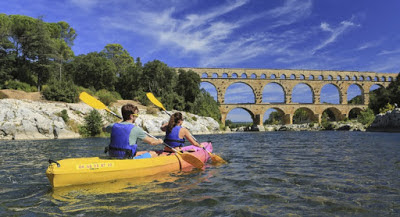If
you've never kayaked before, not to worry! You'll get a short tutorial,
there are often staffers on the river to help and the kayaks are very open.
Meaning, on the off chance
that you tip, you're not trapped. Our rivers are relatively free of
obstacles, shallow and generally slow flowing. I encourage many of my
clients to give it a go and no one has told me they didn't love it! On a
hot day, it's just heaven.
You
can kayak (and canoe and stand-up paddleboard) on the Rhône from
Avignon (with views of the ramparts, the Pont St. Benezet and the
14th-century Palais des Papes), and also
on the Durance River, in the Southern Luberon. But whenever I get the
chance, I love kayaking on the River Sorgue, from the village of
Fontaine-de-Vaucluse (just 15 minutes from Isle sur la Sorgue). You can
can also kayak on the River Gardon from Collias,
a super-fun way to experience the 2000-year-old UNESCO World Heritage
Site, the Pont du Gard.
Keep
in mind the four places mentioned above (the Sorgue, the Gardon, the
Durance and the Rhône) are by no means the only places for kayaking in
Provence; you can do it in
the Camargue, at the Gorges du Verdon and in sea kayaks up and down Mediterranean Coast. If you have a favorite kayak
place, I'd love to know!
As
the season goes on, the outfitters get extremely busy so you should
definitely reserve at least a day or two ahead, if not more. You'll find
the details on everything below.
KAYAKING ON THE SORGUE IN THE LUBERON
Fontaine-de-Vaucluse
is 15 minutes from Isle sur la Sorgue and if you hit the big Sunday
market or smaller Thursday market there (in Isle sur la Sorgue),
kayaking from Fontaine-de-Vaucluse
is a great way to spend the afternoon. Then again, it's great fun any
day, morning or afternoon. It’s an easy trip (about five miles) on
clear, cool shallow water and you see lots of lovely, lush countryside.
You leave your car in Fontaine and they bring you
back by bus (usually with disco music blasting, but in a good way).
There are two companies that do it: Kayak Vert and Canoe Evasion.
Both are outside town with big signs so they’re easy to find. I prefer
Canoe Evasion for a couple reasons but either is fine! Both outfitters sell snacks (cold drinks, ice cream, etc.),
have bathrooms and offer plenty of parking.
With
Kayak Vert, you can go at your own pace; with Canoe Evasion you’re sort
of encouraged to stay with a group but you don’t really have to. The
trip takes 2 to 2.5 hours
and there’s a little break in the middle for swimming or just chilling. Whether you swim or
not you’ll definitely get wet so plan accordingly and have a beach towel
with you. Also, definitely wear water shoes
or grippy sandals because there may be a few places where you have a
little walk on slippery rocks.
Both companies give you a watertight container for your stuff and life preserver vests.
Here are the two outfitters for kayaking the Sorgue and reservations are definitely recommended.
Canoe Evasion:
2025 prices: €26 pp adults; €20 for students with student card, €13 for kids under 14. Groups of 10 or more: adults pay €22 each,
students pay €20 each with student card, kids (6-14) pay €13. Payment is by cash, French check or credit card. Minimum age is six and kids must be
able to swim at least 25 meters and submerge themselves (meaning, not
panic if they go under water). Open every day from May 15 to September
30 (but closed the third weekend in September).
Open daily from 9 am to 3:30 pm, with departures every 40 mins or so.
Bookings can be made by phone (+33 (0)4 90 38 26 22) or online (canoe-evasion.com).
Kayak Vert. 2025
prices: €27 pp adults 17+, €22 for young people (13-16), €14
for kids (6-12). For groups of 15 or more, please inquire. Kayak
Vert’s age minimum is six and kids must be able to swim 25 meters.
Payment is by credit card only (but no Amex). Open May 15 to October 15. Reservations by phone ( +33 (0) 4 66 22
80 76) or online (kayakvert.com).
A Bit About Fontaine-de-Vaucluse
Fontaine-de-Vaucluse
is an interesting village so leave some time before or after kayaking
to explore. This pretty little town (population 600 or so) is best known
for its
deep-water source or spring at the foot of a steep cliff 230 meters
high. It’s the biggest spring in France and the fifth largest in the
world; it's where the Sorgue River begins and when the water is high and
running strong, it's truly a gorgeous site to
see. Actually its pretty gorgeous all the time.
In
1946, Jacques Cousteau and another diver were almost killed searching
for the bottom of the spring, at about 100 meters down. (As it turns out
they weren’t even close: the
bottom is at 308 meters.) The spring is the only exit point of a
subterranean basin that collects water from Mont Ventoux, the Vaucluse
Mountains and Lure Mountain. People have lived in the area since
Neolithic times (you know, back when you could still find
a parking spot here easily). Archaeological digs have turned up more
than 1600 coins from the 1st century BC to the 5th century AD.
Fontaine
has a great museum in an old paper mill (with a cool shop selling all
types of paper products, diaries, puzzles, handmade books, stationary
and other goodies based
on the same theme), a museum about Petrarch and
one filled with Santons (traditional Provencale figurines). Plus, the
village has plenty of cafes and restaurants right on or near the river
and some cute shops.
Not
far from Canoe Evasion is a "parc accrobranche" that families love.
This is one of those ropes courses where you swing from trees on zip
lines and such. It's called La Passerelle des Cîmes and friends who’ve been say everyone loves it...all ages. As you approach Fontaine-de-Vaucluse, you’ll see the signs.
KAYAKING ON THE GARDON
To kayak the Gardon River and see the Pont du Gard, the two main outfitters are Canoe Collias and Kayak
Vert; both leave from the town of Collias, between Uzes and the
Pont du Gard. You can keep the kayak all day if you like but most people
like the basic two-hour paddle, taking them 8 km up to and under the
Pont du Gard. What a fantastic way to experience
this 2000-year-old Roman aqueduct, a UNESCO World Heritage Site. All
along the river there are little beaches and places to picnic, swim,
sunbathe, etc. The two-hour time frame is calculated on paddling from
Collias to the Pont du Gard non-stop, but you can
keep the kayak as long as you like for the same price. As they do on
the Sorgue River, the outfitters bring you back by bus. Reservations
aren't required but they're definitely recommended and booking is online
only. In high season definitely reserve at least
a few days before.
Canoe Collias, canoe-collias.com, or
+33 (0)4 66 22 87 20 or +33 (0)6 23 65 51 32. Prices for 2025: €27 for adults, €20 for teens (13-17), €15 for kids (6-12).
Kayak Vert Collias/Pont du Gard, kayakvert.com or
+33 (0)4 66 22 80 76, contact@kayakvert.com.
Prices for 2025: €27 for adults 17+, €22 for teens (13-16) and €14 for kids (6-12).
KAYAKING ON THE RHONE AT AVIGNON
Operated by an association (Canoe Outings Comite de Vaucluse de Kayak,
also known as Canoe Kayak Vaucluse) rather than
a private company, this experience is extremely popular with
river-cruise passengers, locals and groups, who often bring their own
translator or request one because not all the staff speaks English. That
said, they're currently the only outfitter offering
kayaking in this gorgeous city, their prices are low and they have
solid reviews on Trip Advisor. I've never kayaked here but I see no
reason that paddling around the 14th-century Palais des Papes and the
famous Pont St. Benezet (aka the Pont d'Avignon) wouldn't
be great fun. Kayak rentals in July/August are by the half hour: 30
minutes is €8 pp, 60 minutes is €12 pp, 90 minutes is €16 pp. Kids
prices (ages 7 to 12) are slightly less. Open daily from 2 pm to 6:30
including holidays, from 5
July to 29 August. They also rent canoes and stand-up paddleboards.
Individual paddlers can
go out every afternoon in July and August. Those who do tend to potter
around the famous bridge, perhaps traveling one km or so in either
direction. There's always a staffer on a jet ski on hand to help if
needed. Or, there's the guided “Descente” activity every afternoon,
where you'll go 8 km with a mixed group.
Groups (7 people or more) can canoe every afternoon of the year when it's safe to do so. A bilingual
tour guide can be arranged to accompany your group but this must be arranged in advance, at an extra fee.
There are also three “river discovery tours” in July and August...check the website closer to July for details.
Despite the Rhône being so wide and big, it ranges from knee-deep to 8 meters or so in this particular area. There’s very little danger as you're not allowed to get out of the canoe (unlike on the Gardon where you can pull over to swim, picnic, etc.). This outfitter also welcomes wheelchair users (you'll be lifted out of your wheel chair, helped with a special apparatus and seated in the canoe.) And dogs are welcome!
Please
note this outfitter is on the Ile de la Barthelasse, the island in the
middle of the Rhône, adjacent to Avignon. If you're driving, there's
plenty of nearby parking.
If you're walking from Avignon, they're 10 minutes from the Port de
l'Oulle on the Avignon side of the River.
Questions?
Call +33 (0)6 11 52 16 73 or +33 (0)6 51 60 13 59. The office is open
Monday to Friday from 9 am to 5 pm and can be reached at: +33 (0)4 28 70
27 27. Canoe-Vaucluse.fr , contact@canoe-vaucluse.fr.
KAYAKING ON THE DURANCE IN THE SOUTHERN LUBERON
Another outfitter I recently discovered is AFDA Canoe,
which offers canoeing and kayaking on the Durance River
in the Southern Luberon. An 8 km route takes you from Cadenet to Lauris
(75 minutes) while an 18 km course links Puy Sainte Reparade to Lauris
(three hours). They offer canoes for 2 or 3 people...and kayaks for more
experienced paddlers. This one is on my
summer to-do list for sure...I can't wait to kayak the Durance!
Photos: (1) A Sunday on the Sorgue with my peeps. (2, 3) Kayaking at the Pont du Gard and on the Sorgue, photos courtesy of Canoe Collias and Kayak Vert. (4) The staffers at these kayak places tend to be young, super helpful and fun. (5, 6) Kayaking on the Rhone at Avignon. (7) The famous source in Fontaine-de-Vaucluse, photo courtesy of TheLuberon.com. (8) Chilling on the Sorgue, photo courtesy of Canoe Evasion.









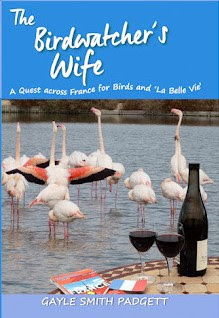


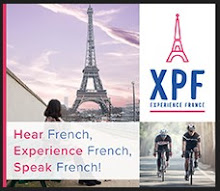


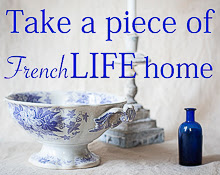
































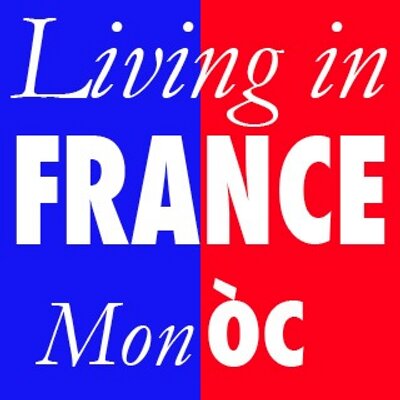












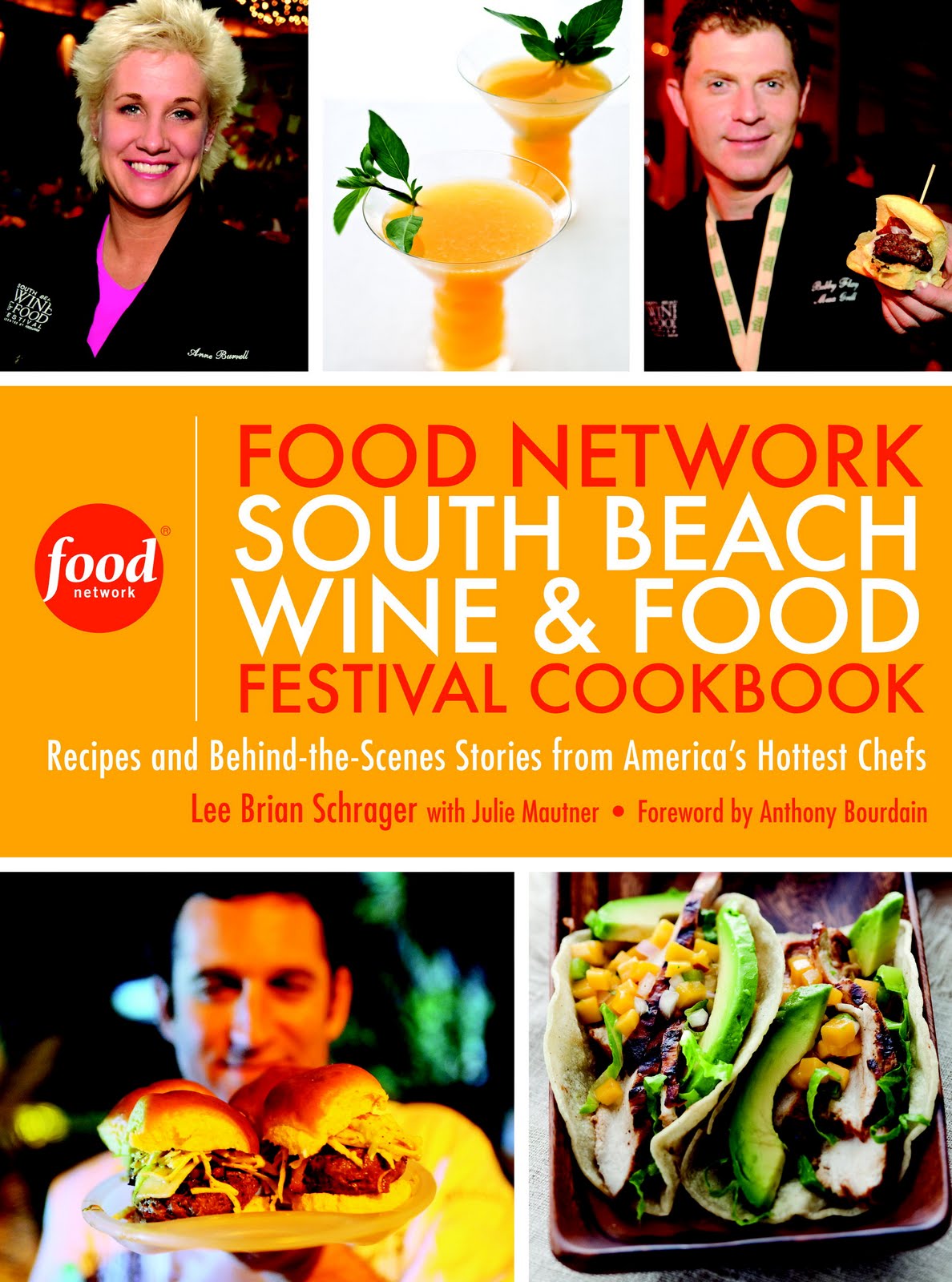.jpg)





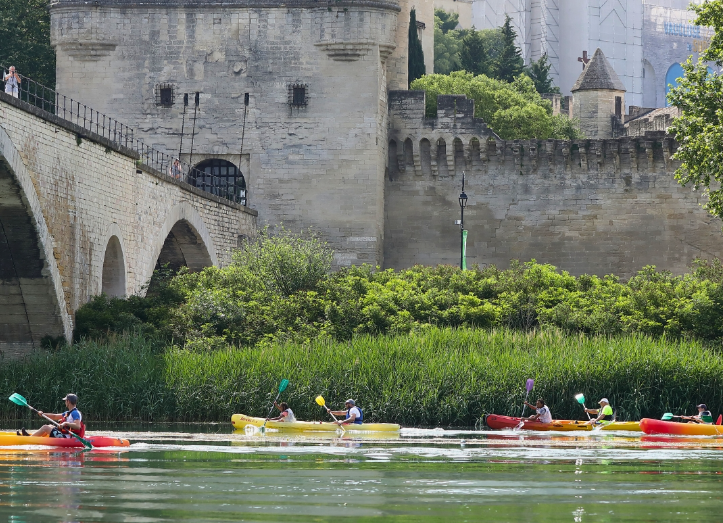


















.jpg)





.jpg)













.jpg)

